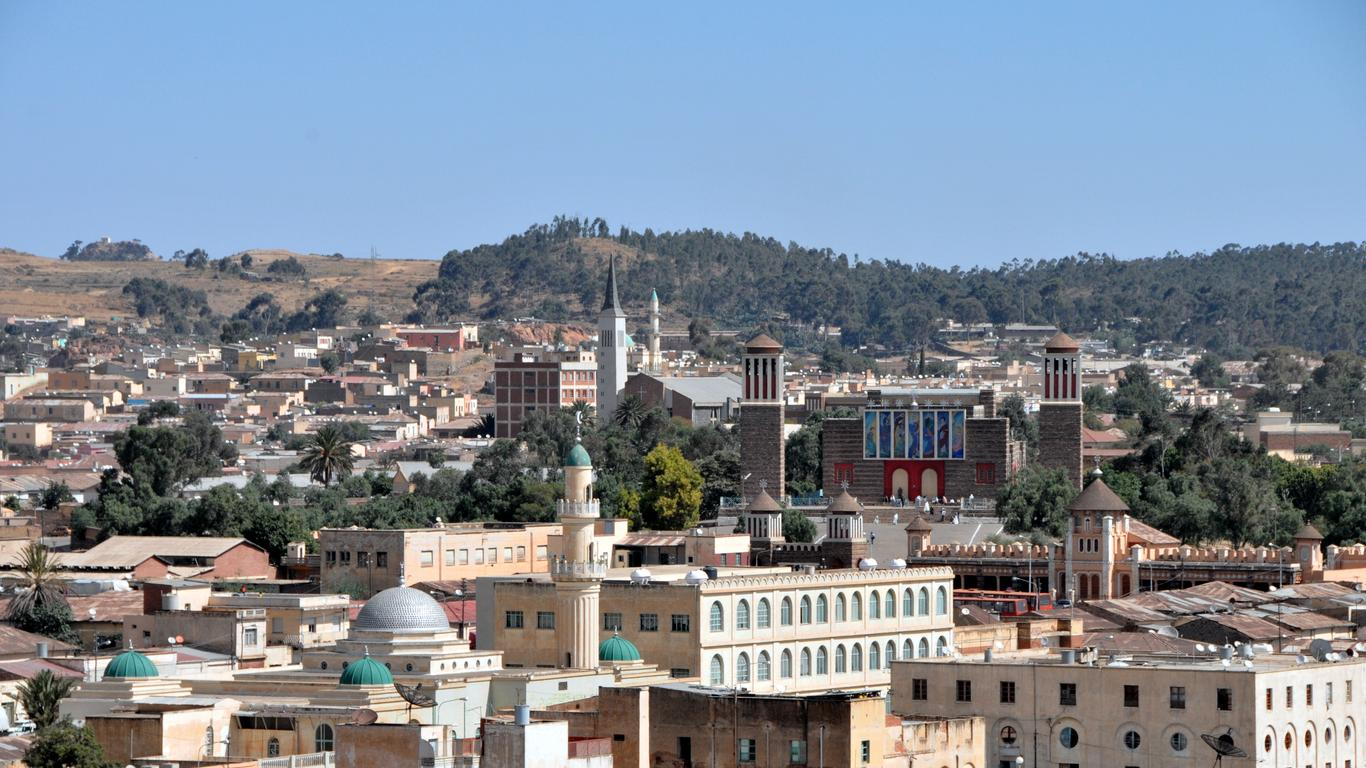Eritrea, often referred to as the “Gateway to the Red Sea,” is a captivating country located in the Horn of Africa. With its stunning landscapes, rich cultural tapestry, and deep historical roots, Eritrea offers a unique experience for travelers seeking to explore a lesser-known destination. From its picturesque coastline along the Red Sea to its mountainous highlands, Eritrea is a land of striking contrasts and incredible diversity.
Table of Contents
Geography
Eritrea is situated in the northeastern part of Africa, bordered by the Red Sea to the east, Sudan to the west, and Ethiopia to the south. The country covers an area of approximately 117,600 square kilometers, characterized by a varied topography that includes coastal plains, highlands, and arid deserts. The coastal region, with its beautiful beaches and coral reefs, is a popular destination for diving and water sports.
The highlands, which are home to the capital city of Asmara, feature a cooler climate and are dotted with stunning mountain ranges, such as the Eritrean Highlands. The country’s diverse ecosystems support a wide range of flora and fauna, making it a paradise for nature lovers and outdoor enthusiasts. Eritrea’s landscape is also interspersed with historical sites, including ancient ruins and colonial-era architecture, reflecting its rich history.
States of Eritrea
Eritrea is divided into six administrative regions, also known as zobas. Here’s a table listing the regions of Eritrea along with their capitals:
| No. | Region | Capital |
|---|---|---|
| 1 | Anseba | Keren |
| 2 | Debub (Southern Region) | Mendefera |
| 3 | Debubawi Keyih Bahri (Southern Red Sea Region) | Assab |
| 4 | Gash-Barka | Barentu |
| 5 | Maekel (Central Region) | Asmara |
| 6 | Semienawi Keyih Bahri (Northern Red Sea Region) | Massawa |
History
Eritrea has a complex history influenced by various civilizations and cultures. The region has been inhabited for thousands of years, with evidence of ancient kingdoms and trade routes that connected Africa, the Middle East, and beyond. The Kingdom of Aksum, one of the great civilizations of the ancient world, played a significant role in the region’s history, with trade routes that facilitated the exchange of goods and ideas.
In the late 19th century, Eritrea came under Italian colonial rule, leading to significant changes in the country’s social and economic structures. The Italians developed infrastructure, established agricultural plantations, and built a modern city in Asmara, which still reflects Italian architectural influences today. However, the colonial period was marked by exploitation and resistance from the local population.
After World War II, Eritrea was federated with Ethiopia, but tensions between the two nations grew, leading to a protracted struggle for independence. The Eritrean War of Independence, which lasted from 1961 to 1991, was a pivotal moment in the country’s history. Eritreans fought bravely against Ethiopian rule, and after three decades of conflict, Eritrea finally achieved independence on May 24, 1993.
The post-independence era has been challenging, with political tensions and a border war with Ethiopia in the late 1990s. Despite these challenges, Eritrea has worked to rebuild and develop its economy while preserving its cultural heritage.
Top Ten Must-Visit Destinations
1. Asmara

Asmara, the capital city, is a UNESCO World Heritage Site known for its well-preserved Italian colonial architecture. Visitors can explore its wide boulevards, vibrant cafes, and beautiful squares. Key attractions include the stunning Asmara Cathedral, the National Museum of Eritrea, and the iconic Fiat Tagliero building, a unique example of modernist architecture.
2. Massawa

Massawa is a historic port city located along the Red Sea, known for its beautiful beaches and coral reefs. The city boasts a rich history, with remnants of Ottoman and Italian colonial architecture. Visitors can explore the old town, relax on the beaches, and enjoy fresh seafood at local restaurants. The nearby Dahlak Archipelago is a paradise for diving and snorkeling enthusiasts.
3. Keren
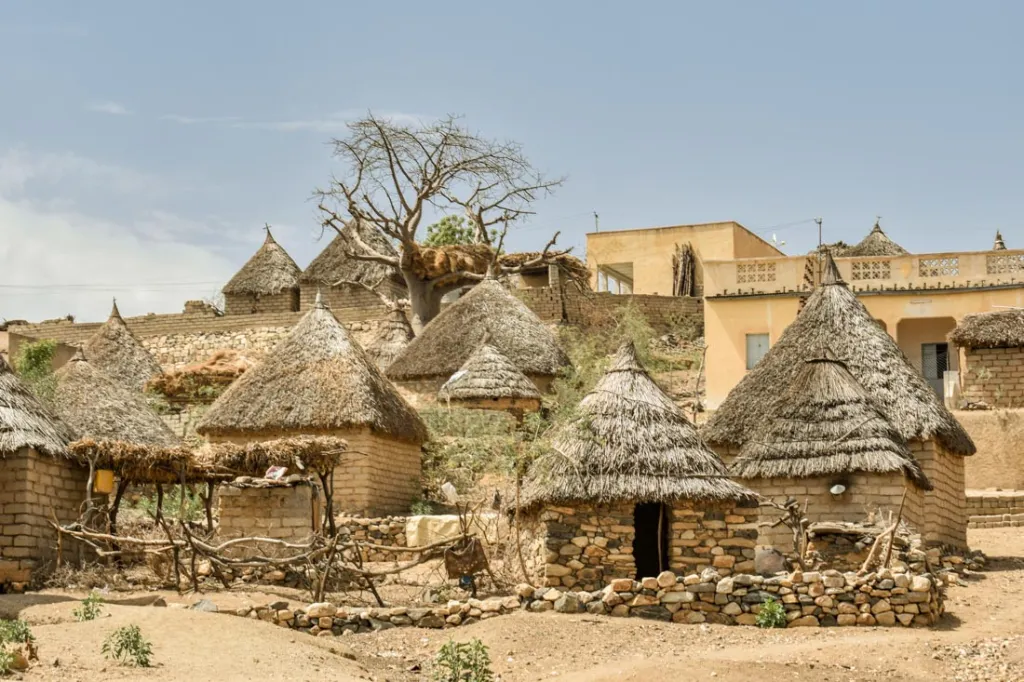
Keren, the second-largest city in Eritrea, is known for its vibrant market and historical significance. The city is surrounded by picturesque mountains and offers stunning views. Visitors can explore the colorful market, visit the Eritrean War Memorial, and experience the local culture. The nearby Sembel and Debarwa archaeological sites provide insights into the region’s ancient history.
4. Dahlak Archipelago

The Dahlak Archipelago, located in the Red Sea, consists of over 200 islands and is known for its pristine beaches and rich marine life. The islands offer excellent opportunities for snorkeling, diving, and exploring coral reefs teeming with colorful fish. Visitors can also enjoy the serene beauty of the untouched landscapes and experience the local fishing culture.
5. Adulis

Adulis is an ancient port city located near the Red Sea and is one of the most important archaeological sites in Eritrea. The ruins of Adulis date back to the Aksumite Empire and provide insights into the region’s ancient trade networks. Visitors can explore the remnants of ancient structures, including temples and inscriptions, while enjoying the beautiful coastal scenery.
6. Senafe

Senafe is a charming town located in the highlands of Eritrea, known for its picturesque landscapes and rich cultural heritage. Visitors can explore traditional villages, hike in the surrounding mountains, and visit the nearby archaeological sites. The town’s vibrant markets offer a glimpse into the daily lives of the local people.
7. Embadened
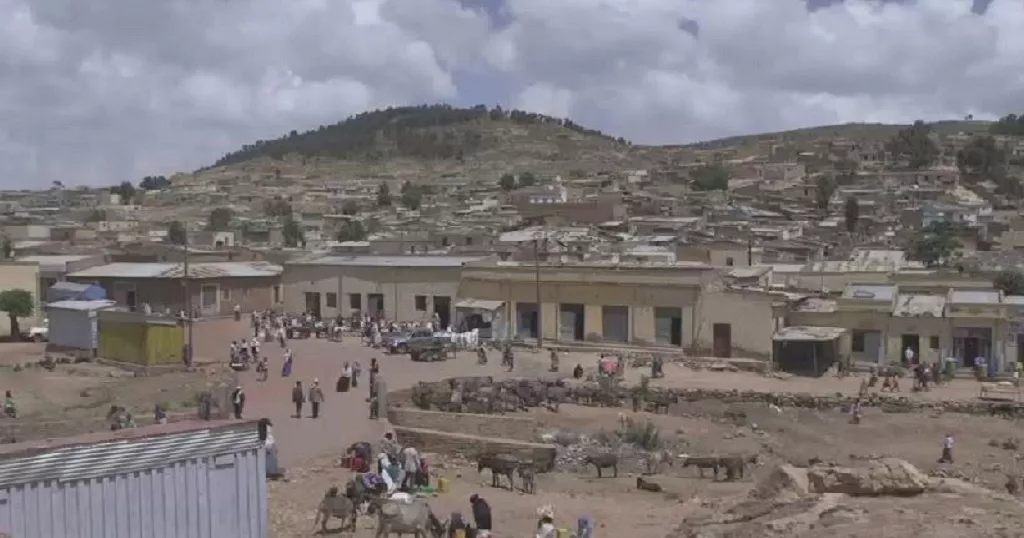
Embadened is a historical town situated in the highlands, famous for its ancient churches and beautiful landscapes. The town is known for the historic Debre Bizen Monastery, which dates back to the 15th century. Visitors can hike to the monastery, explore the surrounding nature, and enjoy the breathtaking views of the highlands.
8. Nakfa
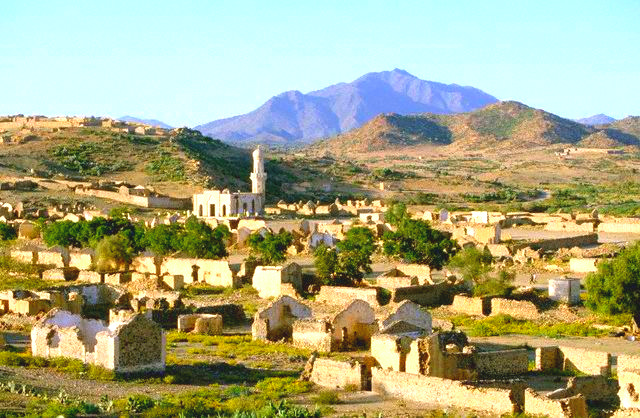
Nakfa is a historic town that played a significant role during the Eritrean War of Independence. Visitors can explore the town’s rich history and the surrounding landscapes, which include stunning mountain scenery. Nakfa is also known for its local crafts and traditional weaving, making it a great place to experience Eritrean culture.
9. Ghinda
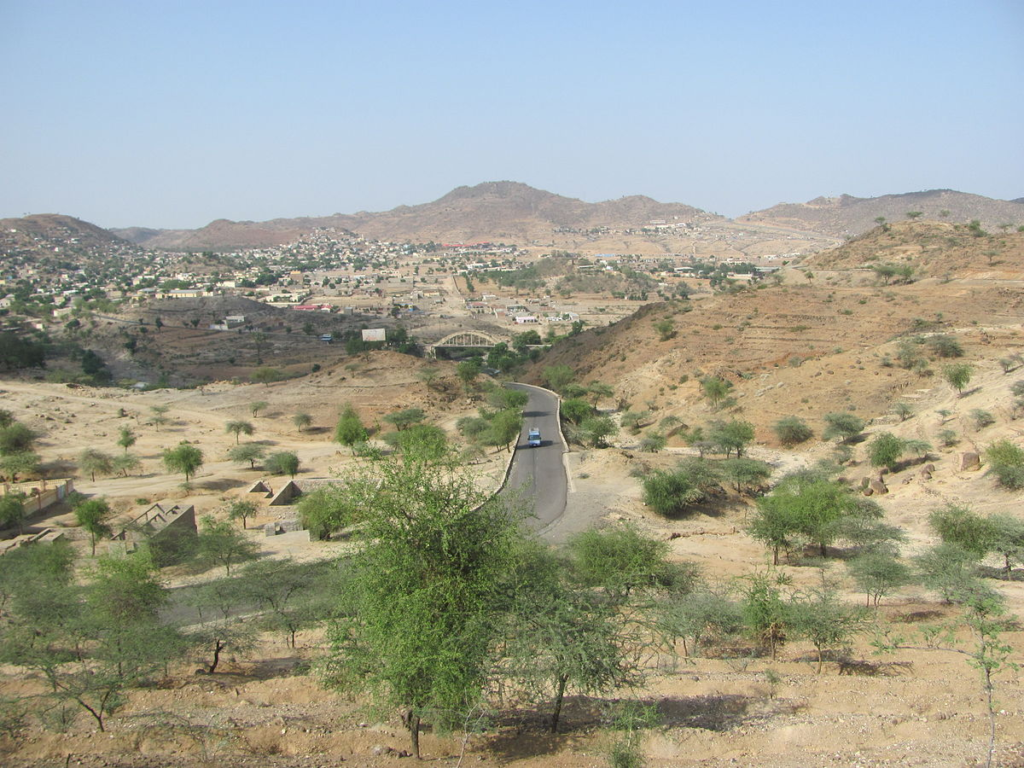
Ghinda is a small town located near Asmara, surrounded by beautiful landscapes and traditional villages. The town is known for its warm hospitality and vibrant local culture. Visitors can explore nearby hiking trails, enjoy the natural beauty, and experience traditional Eritrean music and dance.
10. Bisha
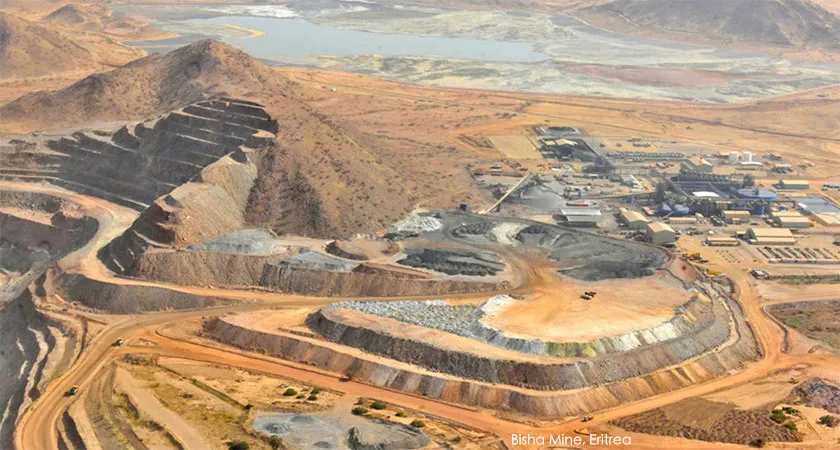
Bisha is an important mining town located in the western part of The country. The town is known for its gold mine, which has contributed significantly to the country’s economy. Visitors can learn about the mining process, explore the surrounding desert landscapes, and experience the local culture.
Culture
Eritrea’s culture is a rich tapestry woven from various ethnic groups, including the Tigrinya, Tigre, Saho, and Bilen, among others. The country is home to nine recognized ethnic groups, each with its own unique customs, traditions, and languages. Tigrinya and Arabic are the two official languages, while English is widely used in education and business.
Traditional music and dance play a vital role in Eritrean culture, with each ethnic group having its own distinctive styles. The “Eritrean Tigrigna music” is particularly popular, featuring traditional instruments such as the krar (a lyre) and the kebero (a drum). Music often accompanies social gatherings, weddings, and cultural celebrations.
Eritrean cuisine reflects the country’s diverse cultural influences, with dishes featuring staple ingredients such as injera (a sourdough flatbread), lentils, and vegetables. Zigni, a spicy stew made with meat, is a popular dish enjoyed by many. The traditional coffee ceremony is an essential aspect of Eritrean culture, symbolizing hospitality and community. This elaborate process involves roasting green coffee beans, grinding them, and brewing the coffee in a special pot, often served with popcorn.
Festivals
Festivals in The country are vibrant celebrations that showcase the country’s rich cultural heritage and unity among its diverse ethnic groups. One of the most significant festivals is Independence Day, celebrated on May 24th, commemorating Eritrea’s independence from Ethiopia in 1993. The day is marked by parades, music, dance performances, and speeches honoring the sacrifices made during the struggle for independence.
Another important festival is the Eritrean New Year (Enkutatash), celebrated on September 11th, which marks the beginning of the new year in the Eritrean calendar. This joyous occasion is celebrated with family gatherings, feasting, and traditional music and dance. It is a time for reflection and renewal, bringing communities together in celebration.
The Coptic Christmas (Genna) is also widely celebrated in Eritrea, as the majority of the population practices Christianity. Festivities include church services, feasting, and traditional music. The holiday is a time for families to come together and celebrate their faith and culture.
Economy
Eritrea’s economy is primarily driven by agriculture, mining, and remittances from the Eritrean diaspora. Agriculture employs a significant portion of the population, with subsistence farming being the predominant practice. Crops such as sorghum, millet, and vegetables are cultivated, along with livestock rearing.
The mining sector has become increasingly important, particularly with the discovery of gold, copper, and zinc deposits. The Bisha mine is one of the most significant mining operations in the country, contributing to economic growth and providing employment opportunities. The government has been working to attract foreign investment in the mining sector to further develop the economy.
Remittances from the Eritrean diaspora play a crucial role in supporting the economy, providing financial assistance to families and contributing to local businesses. Despite challenges such as limited infrastructure and political tensions, Eritrea is making efforts to diversify its economy and improve living standards for its citizens.
Cuisine
Eritrean cuisine is characterized by a blend of flavors and ingredients that reflect the country’s diverse cultural influences. Injera, a staple dish, is a sourdough flatbread made from teff flour and serves as the base for various stews and dishes. It is traditionally eaten with the hands, using pieces of injera to scoop up the flavorful stews.
Zigni, a spicy meat stew made with beef, chicken, or lamb, is one of the most popular dishes in Eritrea. It is often served with injera and accompanied by shiro, a chickpea-based stew. Tsebhi is another favorite, featuring tender meat cooked in a rich tomato and spice sauce.
Eritrean cuisine also includes a variety of vegetarian dishes, reflecting the country’s cultural diversity. Lentils, vegetables, and legumes are commonly used, with dishes often flavored with a mix of spices such as cumin, coriander, and chili. The coffee ceremony is a significant aspect of Eritrean culture, symbolizing hospitality and community, with coffee being served alongside traditional snacks like popcorn.
Top Eight Most Famous Food
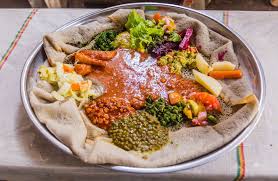
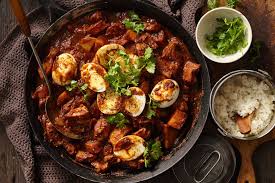
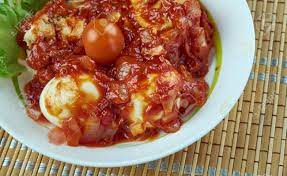


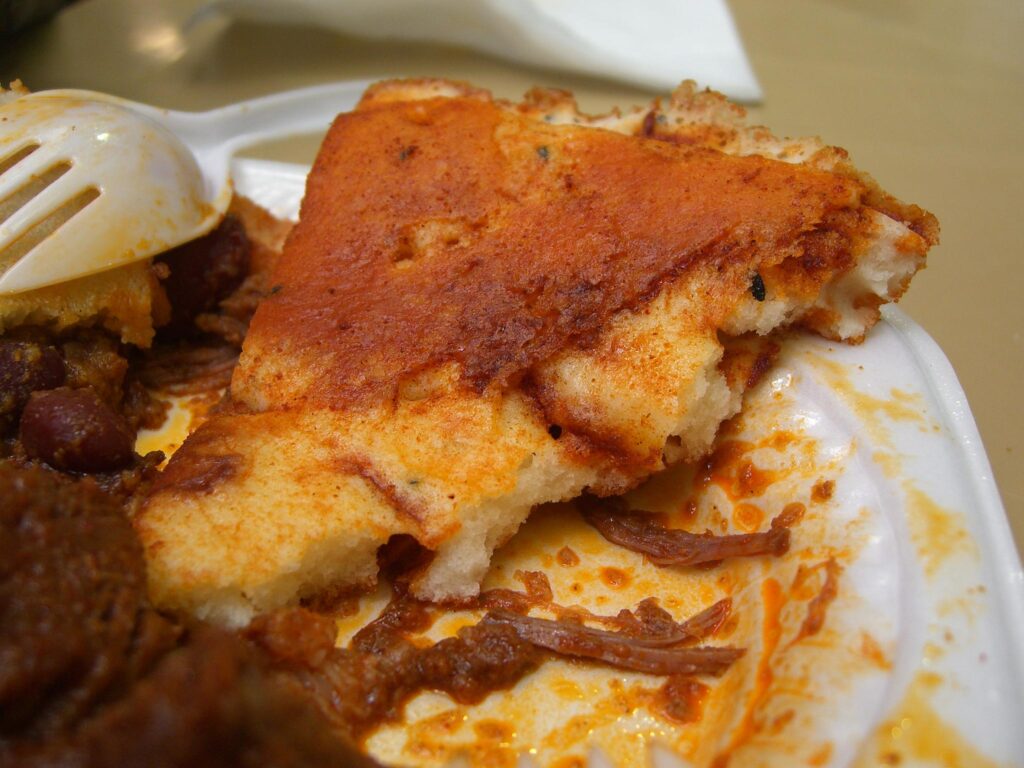

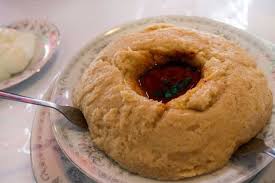
Interesting Facts
- Eritrea is known for its diverse ethnic groups, with nine recognized ethnicities and languages.
- The capital city, Asmara, is famous for its well-preserved Italian colonial architecture.
- Eritrea has one of the highest literacy rates in Africa, with a focus on education and development.
- The country gained independence from Ethiopia after a 30-year war, officially celebrated on May 24th.
- Eritrea is home to the Dahlak Archipelago, known for its beautiful beaches and coral reefs.
- The national currency is the Eritrean Nakfa (ERN).
- Eritrea has a rich cultural heritage, with traditional music and dance playing a vital role in society.
- The country is located on the coast of the Red Sea, making it an important maritime hub.
- Eritrea has a tropical climate, with two distinct seasons: a dry season and a rainy season.
- The country is known for its unique coffee culture, with elaborate coffee ceremonies being an essential part of social life.
Conclusion
Eritrea, with its stunning landscapes, rich cultural heritage, and resilient spirit, is a hidden gem in the Horn of Africa. From the vibrant streets of Asmara to the tranquil shores of the Red Sea, the country offers a unique blend of history, adventure, and natural beauty. As travelers explore The country, they will discover a nation that is proud of its past and hopeful for its future, welcoming visitors with open arms and a rich tapestry of experiences.
let’s enjoy few years on earth with peace and happiness….✍🏼🙏

